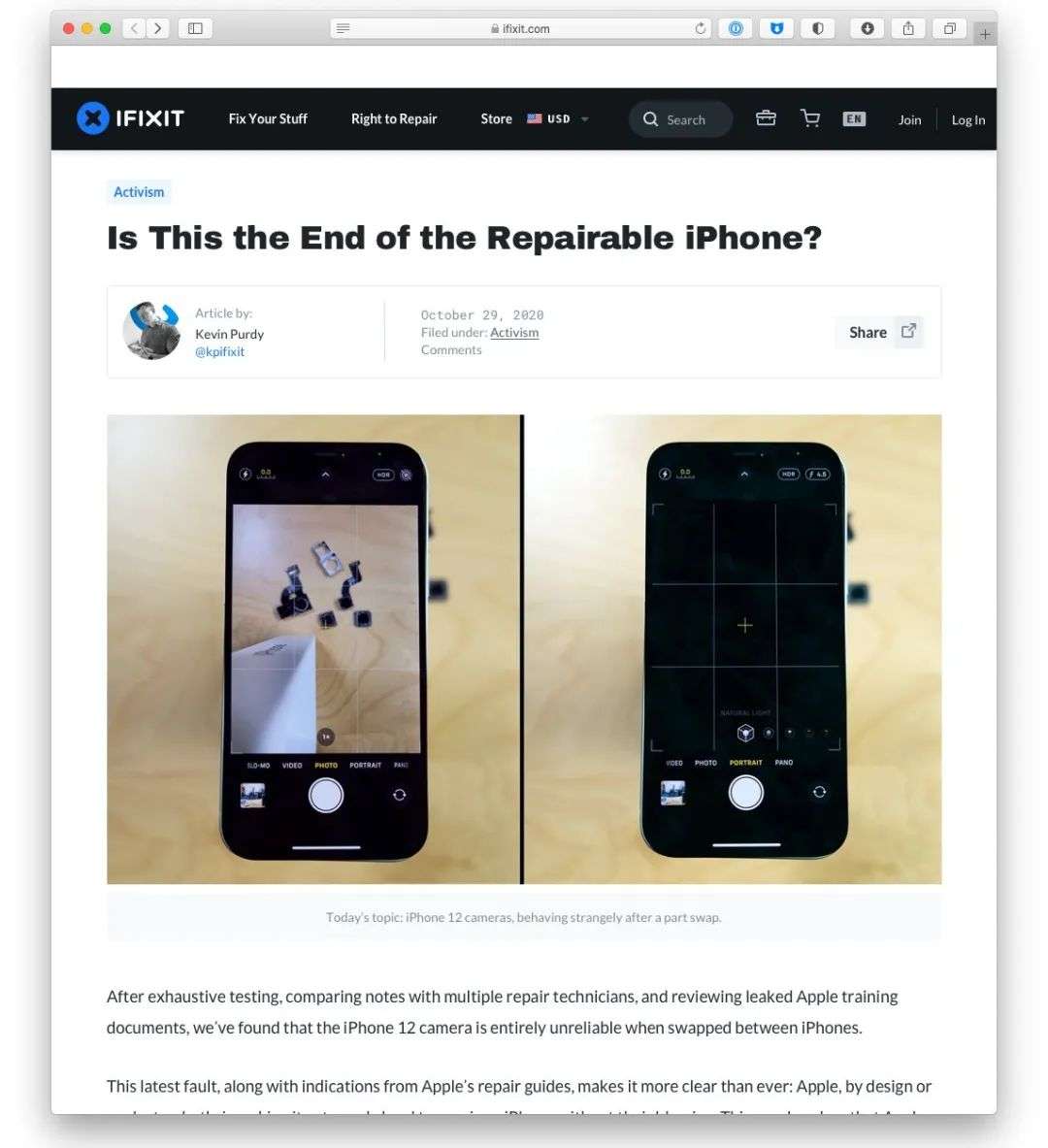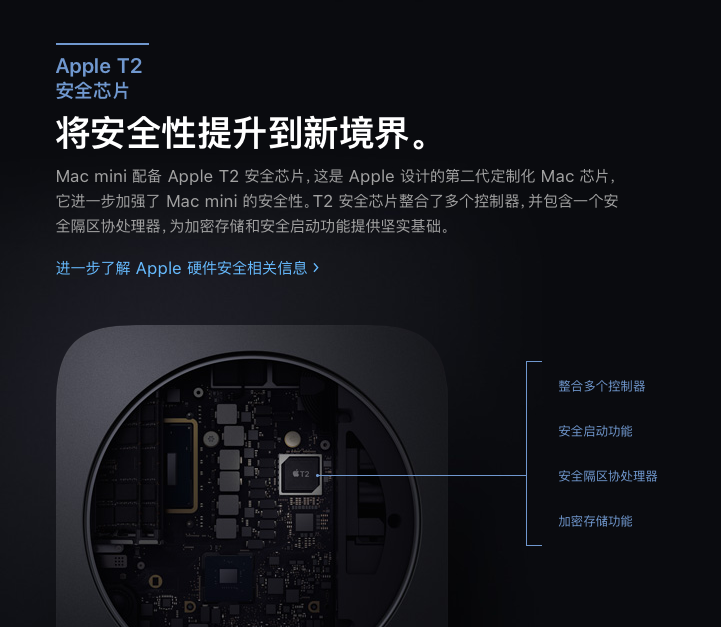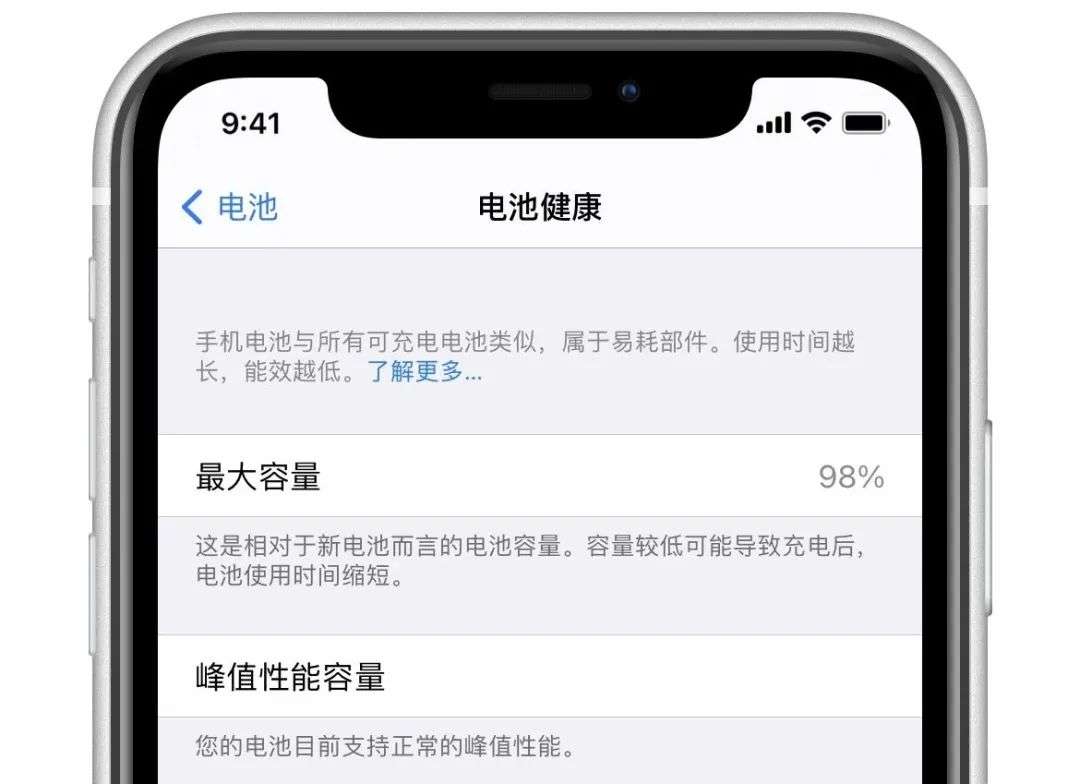The teardown test of iPhone 12 shows that only Apple has the final say in iPhone repairs.
Editor’s note: This article is from the micro-channel public number “Ray Technology” (ID: leitech) , Author: < a class="project-link" data-id="41584" data-name="雷科技" data-logo="https://img.36krcdn.com/20200729/v2_f2fd91dc27a341fd82b185abd25c5ae1_img_000" data-refer-type="2 "href="https://36kr.com/projectDetails/41584" target="_blank">Ray Technology Digital 3C Group.
If there is any mobile phone that can drive the entire industry on its own, the iPhone is definitely the number one. From material design to manufacturing, from distribution and retail to repair and after-sales, every time Apple releases a new mobile phone, related industries can almost “share a piece of the pie.”
For example, the most common mobile phone repair shops in everyone’s daily life, no matter whether the shop is large or small, whether the qualifications are complete, whether the screen is changed or the battery is changed, almost every shop has iPhone-related business. On the one hand, this hot business depends on the iPhone’s market share of “one husband and the other”; on the other hand, it is also related to Apple’s own after-sales policy. Since Apple introduced the “replacement for repair” policy, there have been only two ways for the iPhone to break: Either go to the Apple Store to “repair” for half the price of a mobile phone, or find a “professional repair” near the community.
But for this year’s iPhone 12, things have become a bit tricky: According to reports from the dismantling website ifixit, the iPhone 12 series requires special software certification to make the camera work after replacing the camera.
I bought the iPhone, why only Apple can repair it?
After disassembling the latest iPhone 12 series, ifixit swapped the two iPhone 12 cameras. Although the phone can beIt lights up normally, but cannot switch to the ultra-wide-angle camera. After switching the mode and lens several times, the phone has a “black lens” phenomenon. In subsequent investigations, ifixit believes that this is the iPhone 12’s hardware restrictions on the replacement of “foreign lenses” at the software level. Ifixit also said, “According to Apple’s internal repair and training guidelines, when repairing the camera and screen, you need to run Apple’s dedicated cloud software to completely repair the camera and screen.”
In fact, before the iPhone 12, Apple had a “previous record” in the mobile phone software. For iPhone repair Friends who have a little understanding should all know an operation called “code writing”: in the phone Each component has a corresponding “serial number”. The mobile phone will detect the serial number of these hardware when it is used. If the hardware serial number is different from the serial number recorded on the motherboard, the mobile phone “may function abnormally, and if it is heavy, the screen will be blank. Crash”. For example, after repairing a mobile phone at an unauthorized branch in the past, the original color, face ID, and fingerprint of the mobile phone may not work properly, and a separate “code writing” operation is required to write the replacement hardware serial code as the original hardware code.
In addition to the camera module, ifixit also tried to swap the screens of two iPhone 12s. Although the two screens are 100% original authentic, the iPhone will still prompt “The screen may not be authentic” after replacement, which confirms the existence of “software certification” on the other hand.
What is the use of “Hardware Code”?
In my opinion, Apple’s reasons for doing this can be roughly divided into two aspects. First of all, software certification can ensure the security of the phone. Many people may not know that the fingerprint or face data of the iPhone will not be uploaded to the cloud, and all fingerprint or face recognition is a completely offline local operation. Although this can guarantee personal capitalThe material is safe, but it brings another hidden danger: just like the operation in “Mission Impossible”, if the criminals disassemble the phone and replace it with a chip with their fingerprints, then you can turn on your phone and WeChatAlipay?
In order to curb this hacking situation, it is necessary to record the hardware codes of the key components of the mobile phone. For example, the T2 security chip in a Mac computer records the characteristics of each component in the computer credit information, And before booting, all hardware is “identified”, so as to prevent the phenomenon of hardware “change lock”. The same is true for iPhone mobile phones. The key hardware codes in the mobile phone will be stored in the mobile phone, so as to avoid the phenomenon of hacking.
But here comes the problem. If Apple is really trying to ensure information security, it can only record security-related hardware codes. Hardware such as batteries, screens, and rear lenses have nothing to do with information security. Why do you want to What about verification? The reason why the hardware codes of these peripheral hardwares are recorded is to “kill all the third-party repair shops”?
“Professional Maintenance” is no longer professional
Like I just said, iPhone In the past, the hardware code was recorded under the name of “safety”, and at the same time, the hardware code was used to determine whether the mobile phone had replaced the hardware. In addition to the screen and face just mentioned, third-party batteries are also hardest hit by hardware codes. Friends who have changed third-party batteries should know that in general, third-party batteries cannot check the battery health in the device; iPhone 7 and iPhone 8 may also experience vibration failure after replacing the linear vibration motor.
When the news was just exposed, some people thought that this was Apple’s new method of curbing unauthorized repairs under the name of “hardware security”; it’s just that the original color display and battery health do not affect the normal use of the phone, so most Users will still choose more affordable non-authorized repairs.
But in the case of iPhone 12, even if the repaired spare parts come from the original genuine iPhone, just a simple hardware exchange will cause the camera to fail and the screen to report an error. That is not justified. In the past, in order to distinguish it from unauthorized repairs, Apple has always advertised that “it uses genuine Apple parts”, but the example of iPhone 12 screen and camera interchange has proved that even if the unauthorized repairs use genuine parts, repaired phones still cannot Normal use.
In essence, this can be considered as Apple’s “stubborn” for users and unauthorized repairs in mobile phones in order to protect the interests of itself and its partners; in the long run, this will bring huge benefits to the mobile phone repair industry. Combat-who can guarantee that Apple will not restrict other components? It coincides with Apple’s plan to promote the MagSafe ecosystem. In the future, even if you want to change the back cover to look for the AppleStore, you have to look at the original factory to buy a mobile phone case, otherwise it will pop up?
Summary
Although I bought AppleCare+ for every Apple product the first time, in my opinion, Apple’s almost “unreasonable” way of doing things is really incomprehensible. Following this pace of development, Apple can add hardware locks to every part of the phone, and can even “prescribe” the service life of hardware like printer cartridges, such as the screen lighting.After a few hours, the screen will be forced to black, and the battery capacity will automatically “zero” after the amount of power released. I believe this can definitely stimulate AppleCare+ sales.
The problem is that when the threshold of “mobile phone repair” is raised to a certain level, consumers will naturally choose brands with lower “machine cost”. Damage to mobile phones is inevitable. Since there are officially authorized repairs, naturally there are also repairers who do not take authorization to “eat by hand.” Through the “replacement repair” method, Apple has increased the “zero to whole ratio” of iPhone repairs. Although it can increase the revenue of after-sales service, it will also push consumers to other brands. And whether the iPhone’s “peripheral industry” can flourish as it is now depends on Apple’s future performance.




